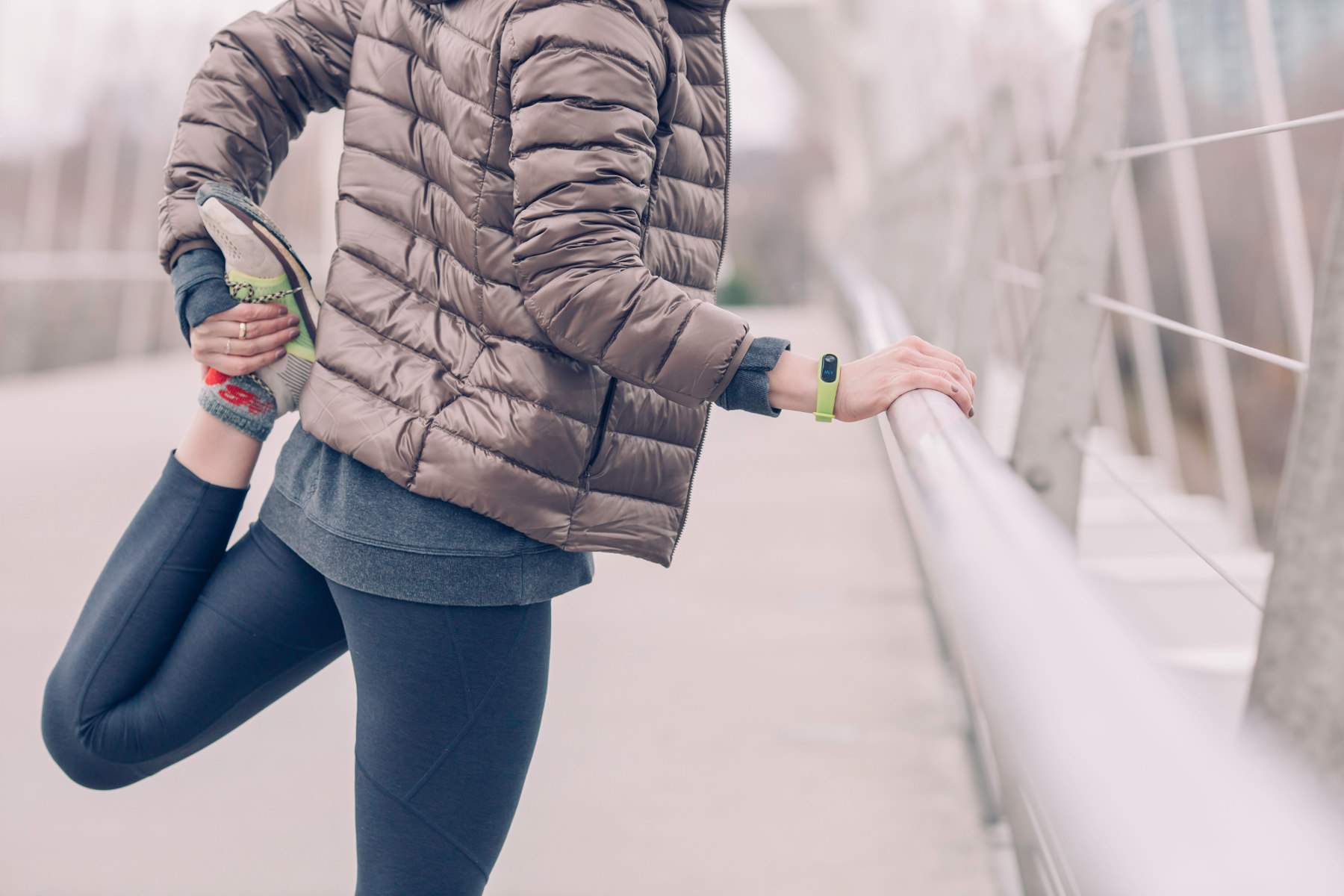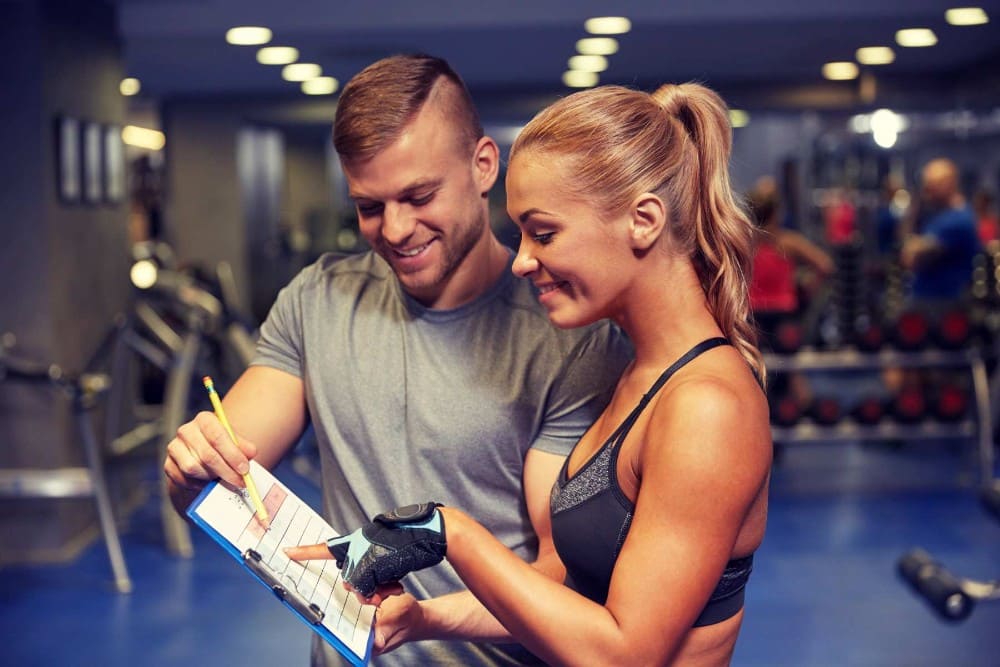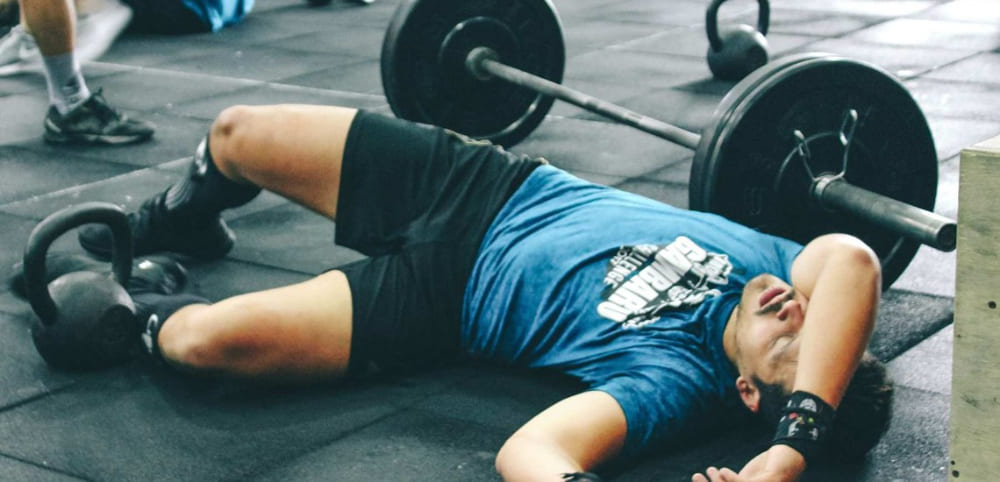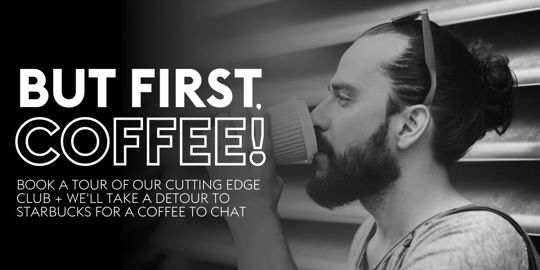If you are just starting in the fitness game, or you have recently taken your workout to new levels, you may develop aching muscles, sore body parts and general pains in places you’ve never felt before, but we’re sorry to say the common saying is right… no pain, no gain!
Although you may start to feel muscle soreness, commonly known as DOMs (Delayed Onset Muscle Soreness), after the first few sessions of increased activity, the good news is that it doesn’t last forever. Your body will get used to your new routine pretty quickly. You’ll see that your DOMs will lessen over time. Although we can’t promise complete prevention, we have plenty of tips and tricks to minimise the impact, so you’re back to your usual self in no time.
DOMs Meaning – What are DOMs?
Delayed Onset Muscle Soreness (DOMS) is a type of muscle soreness typically occurring a day or two after exercising. It’s basically that pain you feel 24-72 hours after a workout, which typically feels at its worst around 48 hours after your workout. It results from micro trauma to your muscles and accumulated waste products due to exercise. We know this sounds scary, but we promise it is normal!
What is the cause of DOMs?
DOMS (Delayed Onset Muscle Soreness) is that pesky muscle soreness that usually pops up a day or two after exercising. It's caused by tiny tears in your muscle fibres, which happen when your muscles are stressed or overloaded during a workout. These tears are a good thing - they stimulate your body to repair and rebuild the muscle, increasing strength and size. But the rebuilding process can cause inflammation and pain, aka DOMS.
You're more likely to get DOMS if you start a new exercise routine or ramp up the intensity of your current one. Exercises that involve eccentric (lengthening) muscle contractions, like downhill running or lowering weights during a bicep curl, can also increase your risk of DOMS.
How To Treat Doms
If you're feeling sore after a workout, here are a few things you can do to help ease DOMS (Delayed Onset Muscle Soreness):
1. Use a foam roller or massage ball to massage those sore muscles. It'll improve circulation and help reduce stiffness.
2. Pop an over-the-counter painkiller like ibuprofen or acetaminophen. It'll help with inflammation and pain.
3. Get some light cardio in, like walking or biking. It'll increase blood flow to your muscles and speed up recovery.
4. Soak in a warm bath with Epsom salt. It'll help reduce muscle soreness and inflammation.
5. Use a cold pack or ice massage on the sore muscles. It'll reduce inflammation and numb the pain.
Remember to listen to your body and stop any activity that causes more pain or discomfort. If your muscle soreness persists or is severe, it's probably a good idea to chat with a doctor or professional.
Does stretching help DOMs?
If you've got DOMS (Delayed Onset Muscle Soreness) it's probably not the best idea to stretch your already stretched and strained muscles even more. Stretching with DOMS can be uncomfortable and cause more harm than good.
Instead of stretching, try giving your muscles some R&R (Rest and Relaxation). Or, you can try using a foam roller or massage ball to give those sore muscles some love. Light cardio, like walking or biking, can also help increase blood flow and speed recovery. But if you can't resist the urge to stretch, hold off until those DOMS start to dissipate.
How to foam roll to help DOMs?
Foam rolling is a great way to alleviate DOMS (Delayed Onset Muscle Soreness). Here's how to do it:
1. Find a foam roller that's comfortable for you. There are loads of different sizes and densities to choose from, so find one that feels good for you.
2. Place the foam roller under the muscle you want to work on. For example, place the foam roller under your quads if you have sore quads.
3. Slowly roll back and forth over the muscle, applying as much or as little pressure as feels bearable. You can also try rolling in different directions to hit different areas of the muscle.
4. When you find a particularly sore spot, pause and hold the foam roller on that spot for 30 seconds or so. This is called a "foam roll hold", which can help break up knots and improve muscle mobility.
5. Repeat this process for as long as you like, working on different muscles as needed.
One alternative is to use a Pulseroll massage gun (plus, Village Gym members receive a discount on these!). Remember to listen to your body and stop if you experience pain or discomfort. Foam rolling can be quite uncomfortable, but it shouldn't be too painful. If it hurts a lot, you might be applying too much pressure.

How To Prevent DOMs
Here are a few ways to prevent DOMS (Delayed Onset Muscle Soreness):
1. Gradually increase intensity: Don't try to tackle a super intense workout right off the bat. Gradually increase the intensity of your workouts to give your muscles time to adjust.
2. Warm up properly: Don't skip the warm-up! It's important to get your blood flowing and your muscles warmed up before jumping into a workout. We’ve listed some great warmups that will prepare your body for the workout.
3. Don't push yourself too hard: Know your limits, and don't try to push yourself too hard, especially if you're just starting to exercise again. It's better to start slowly and gradually increase the intensity of your workouts.
4. Use proper form: Ensure you're using good form when exercising to reduce the risk of injury and muscle strain. We recommend getting a personal trainer to walk you through the correct equipment use and how to perfect your form when exercising.
5. Stay hydrated: Drinking plenty of water can help prevent muscle fatigue and soreness.
All this being said, although DOMs and muscle aches may seem a nuisance and put you off your fitness game, it's actually a positive reaction and acts as an alert from your body to ease the heavy lifting and hard training. Failing to do so, and continuing to over-train yourself, will eventually lead to a plateau and injury, leaving you out of the gym for even longer.
Participating in our personal training sessions is the best way to prevent and treat your DOMs. Our dedicated team at Village Gym will find the optimum balance between work and recovery. As well as, help you stay focused and motivated on your fitness goals, ensure you keep your training safe and allow time for a full recovery.


